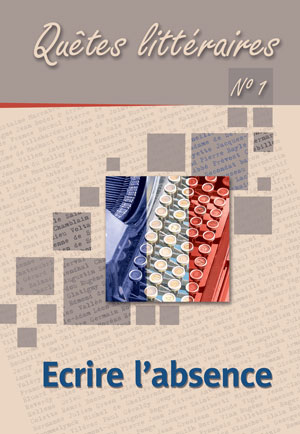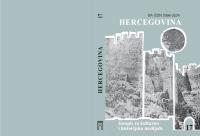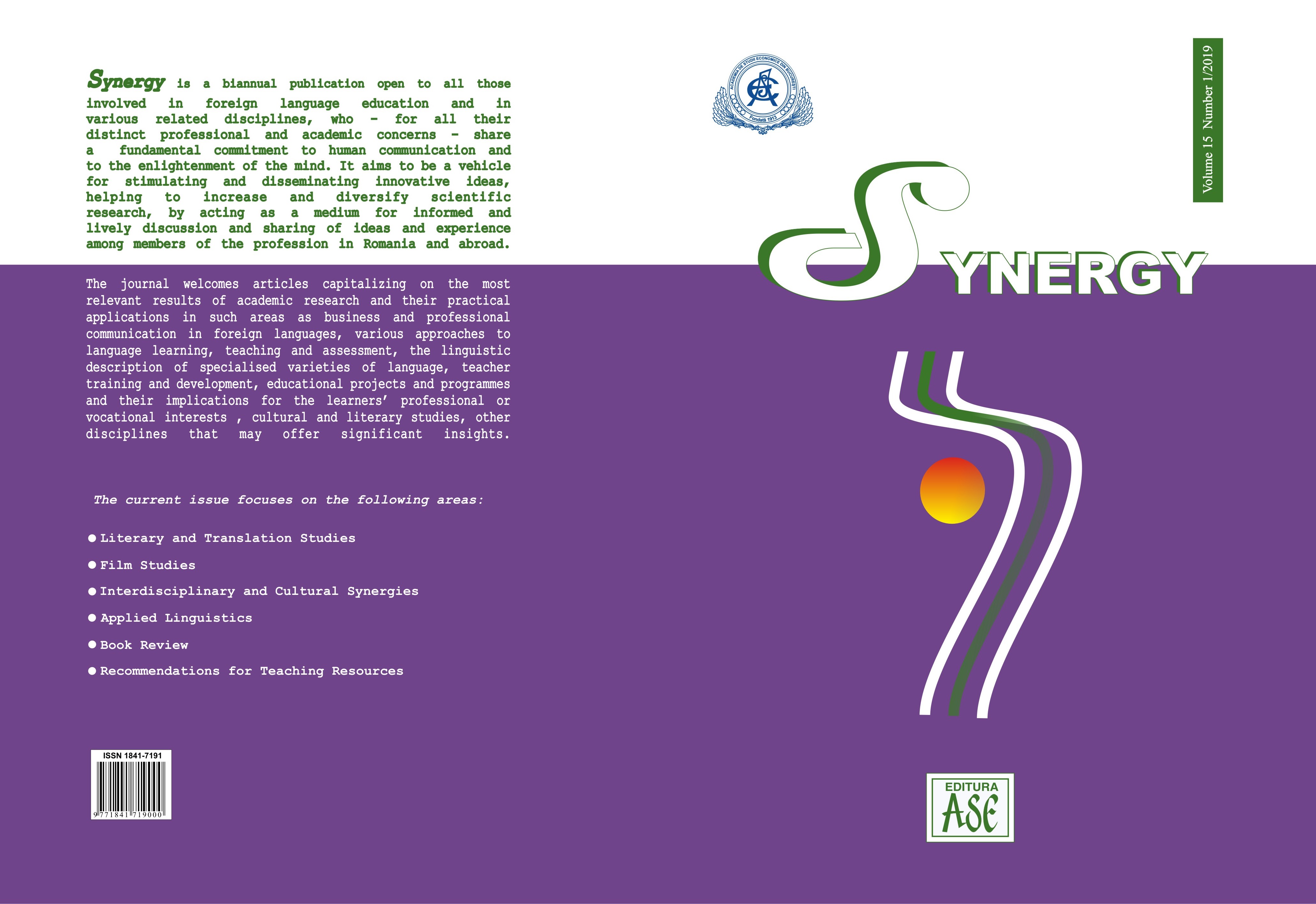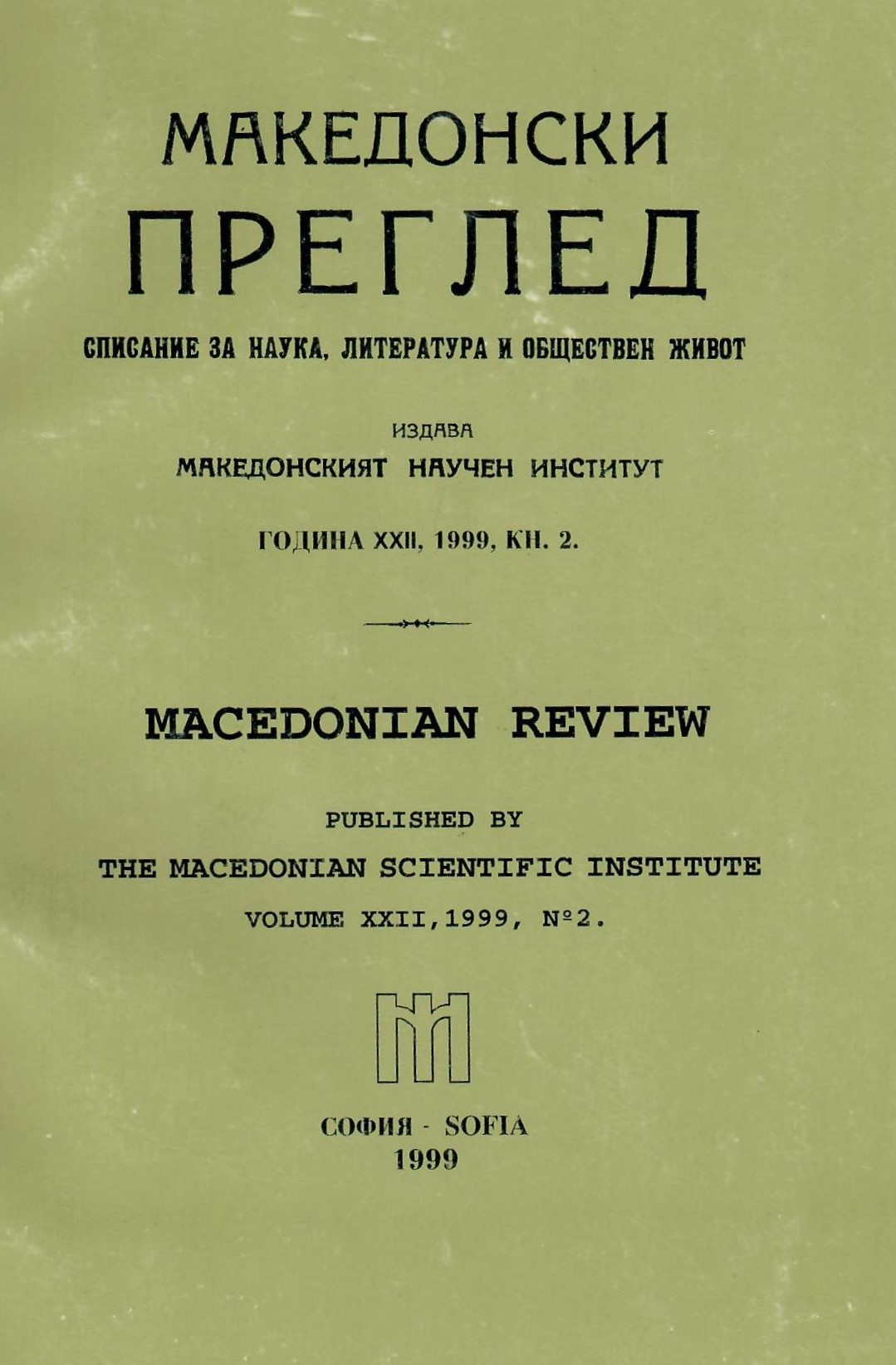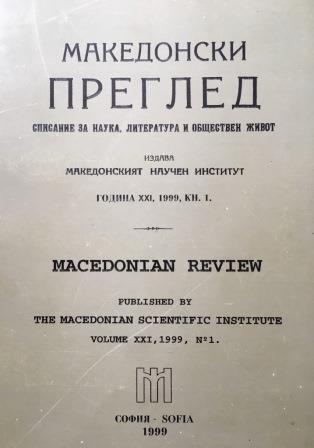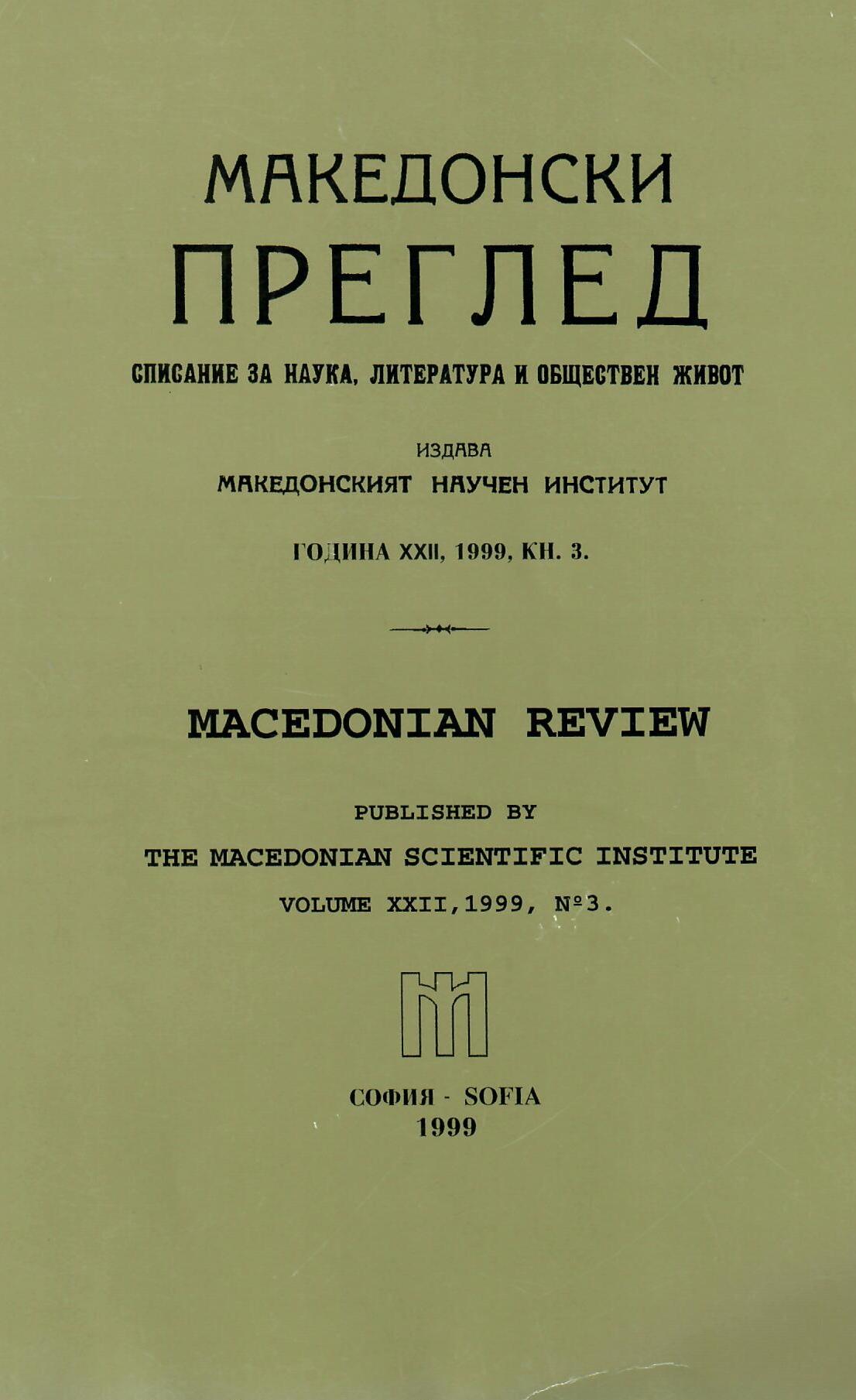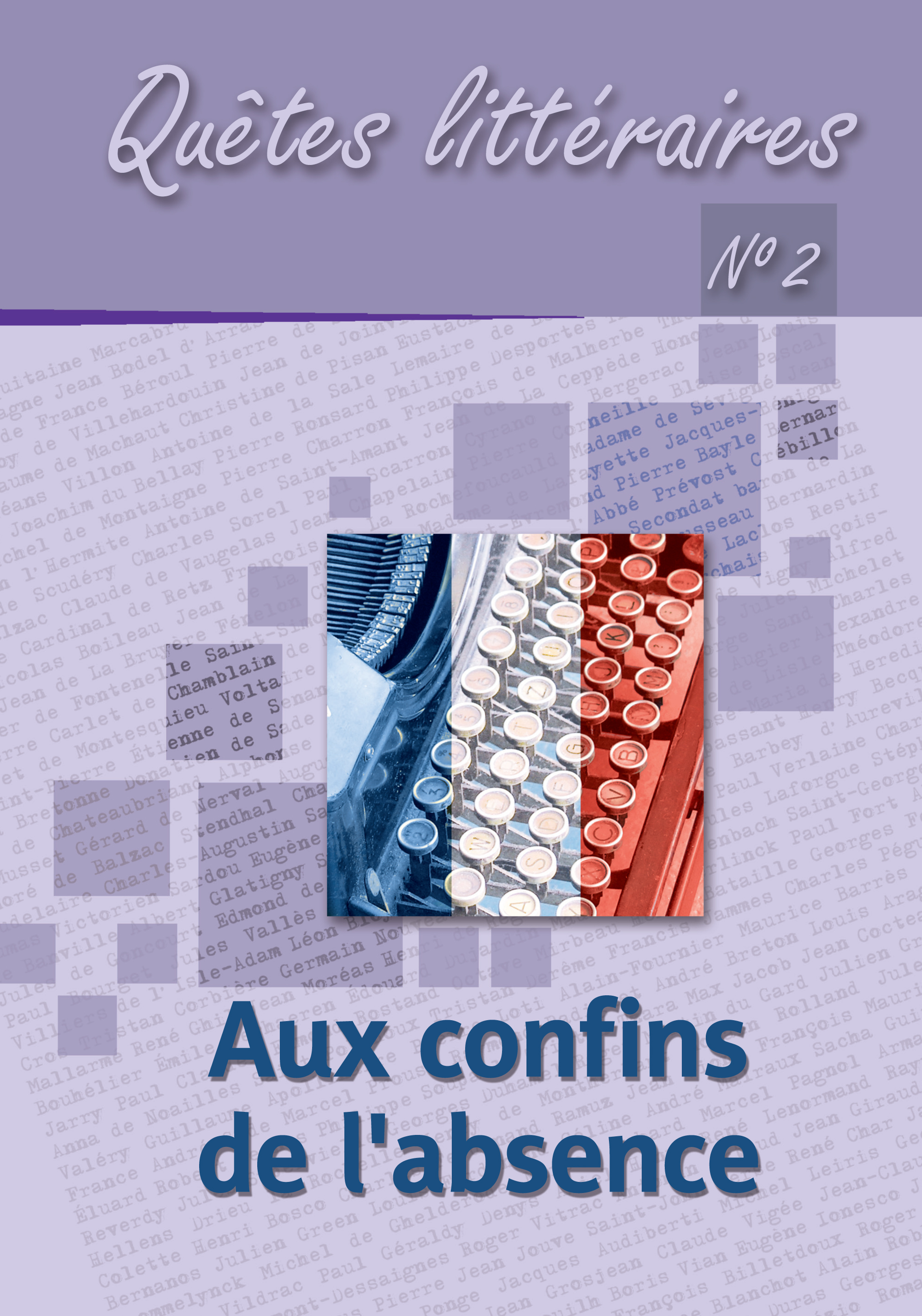
Absence de décision. Examen de quelques récits brefs des XIIe et XIIIe siècles
The absence of decision making is one of the aspects of the issues of will and choices in short French court narratives of the XII and XIII centuries. The paper focuses on two executions that present this motif. Protagonists facing numerous options – or, on the contrary, being faced with dramatic turning points in the plot that restrict their choices – feel a kind of a decision deadlock. In the analysed texts, the absence of decision – short or long term – is shown in the narratives with ‘ne set que faire’ formula (“does not know, what to do”) and a reference to advice needed by the indecisive protagonist.
More...
